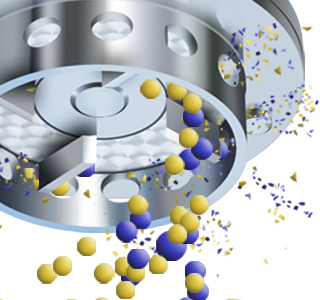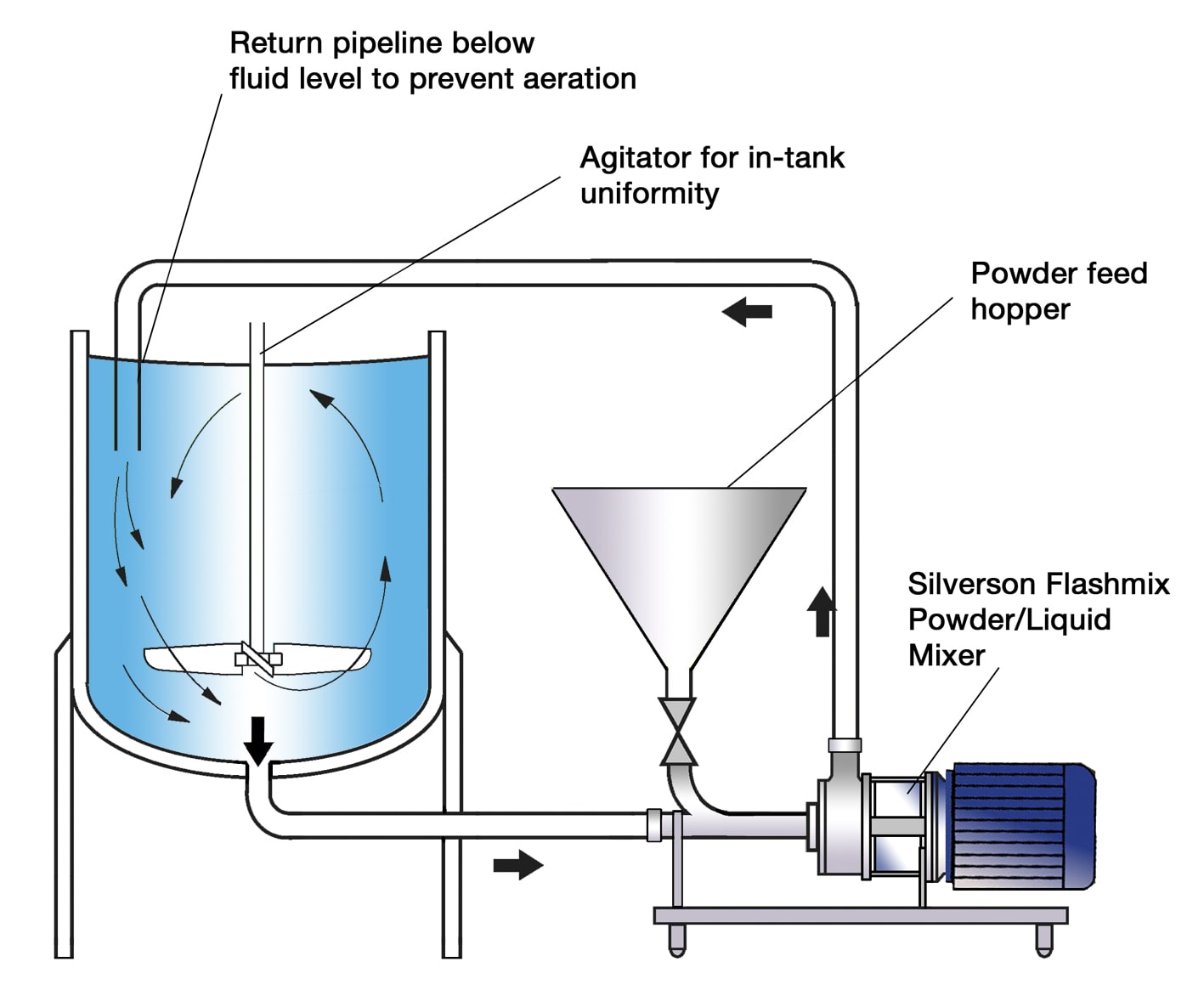Preparation of Isinglass Finings
Lager beer is brewed using “bottom fermenting” yeast which sinks during fermentation. A storage period follows to ensure all the yeast has sunk to the bottom. Demands for a shorter storage period and increased productivity in large-scale breweries has led to the use of finings to accelerate sedimentation.
The use of isinglass finings was originally confined to traditional British and Irish beers, brewed with “top fermenting” yeast which rises during fermentation. Spent yeast and other solids are precipitated by the addition of finings, either in the barrel (with traditional “cask conditioned” beer) or in bulk prior to filtering.
Isinglass is a protein obtained from several varieties of fish. When added to the beer, the isinglass particles attract the yeast and tannins. The finings sink to the bottom, precipitating the solids to leave the beer clear and bright.

The Process
Isinglass can be supplied in a number of forms:
- Ready-to-use liquid.
- Concentrated liquid.
- Dried floculated particles.
- Powder.
- Freeze-dried powder/granules.
Although liquid forms are easy to use, there are advantages in buying finings in dried form:
- Improved shelf life and temperature tolerance.
- Solutions can be prepared to meet demand.
- Reduced storage requirements.
- Formulation can be adjusted to give optimum results in a particular type of beer.
Solutions are generally prepared separately before addition to the beer. A typical process using a conventional agitator would be as follows:
- The vessel is charged with liquor and the agitator is started.
- Flocked/powdered isinglass is gradually added to the liquor.
- Mixing continues for several hours to ensure hydration is completed.
- Further dilution may be required to give the desired working viscosity.
The Problem
A number of problems can be encountered when using conventional agitators:
- Potential full yield is difficult to obtain using traditional methods.
- Isinglass flakes have a low density and can create a severe dust problem.
- Floculated product is difficult to wet out, tending to float on the surface of the liquor.
- The vigorous agitation required to incorporate the isinglass can aggravate the dust problem and can cause foaming.
- Partially hydrated isinglass can build up on the vessel wall and the agitator.
- Long periods of soaking are required to complete hydration.
The Solution
Isinglass preparations can be made in a single step without the need for extended soaking by using a Silverson mixer. Operation is as follows:

Stage 1
The vessel is charged with the required amount of liquor. The mixer is started and the isinglass is added. The high speed rotation of the rotor creates a powerful suction which draws water and the isinglass particles into the workhead.

Stage 2
The materials are subjected to intense shear within the workhead. Any agglomerated particles are fully broken down in the clearance between the ends of the rotor blades and the stator wall.

Stage 3
The product is forced out through the stator and projected back into the main body of the mix as fresh material is simultaneously drawn into the workhead. The entire contents of the vessel pass through the workhead in a short mixing cycle, ensuring hydration is rapidly completed.
-
Stage 1

Stage 1
The vessel is charged with the required amount of liquor. The mixer is started and the isinglass is added. The high speed rotation of the rotor creates a powerful suction which draws water and the isinglass particles into the workhead.
-
Stage 2

Stage 2
The materials are subjected to intense shear within the workhead. Any agglomerated particles are fully broken down in the clearance between the ends of the rotor blades and the stator wall.
-
Stage 3

Stage 3
The product is forced out through the stator and projected back into the main body of the mix as fresh material is simultaneously drawn into the workhead. The entire contents of the vessel pass through the workhead in a short mixing cycle, ensuring hydration is rapidly completed.
The Advantages
This offers a number of advantages over conventional processing methods:
- Significantly better yield than can be obtained by traditional methods.
- Dramatically reduced processing times.
- Improved product quality and consistency.
- Stable finished product.
- Improved vessel hygiene.
The batch size, formulation, type of ingredients and the viscosity of the end product dictates which machine from the Silverson product range is suited to individual processing requirements:
Silverson Flashmix
- Suitable for free-flowing powdered isinglass
- Ideal for larger batches
- Capable of rapidly incorporating large volumes of solids
- Minimized aeration
- Minimum operator input required
- Minimized cleaning requirements
- Controlled powder addition rate
- Dust extraction systems available
- Ultra Sanitary models available
High Shear In-Line Mixers
- Suitable for floculated and powdered isinglass types
- Must be used in conjunction with an efficient in-tank agitator to wet out powder as illustrated
- Ideal for larger batches
- Aeration free
- Easily retrofitted to existing plant
- Self-pumping
- Can be used to discharge vessel
- Ultra Sanitary models available
High Shear Batch Mixers
- Suitable for floculated and powdered isinglass types
- Suitable for batches of up to 400 US gallons
- Can be used on mobile floor stands
- Can easily be moved from vessel to vessel


